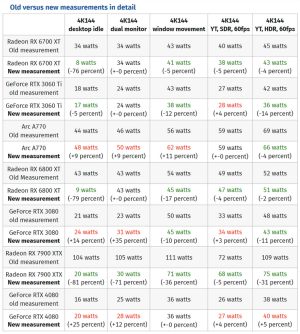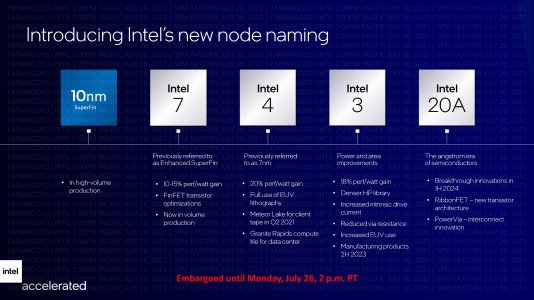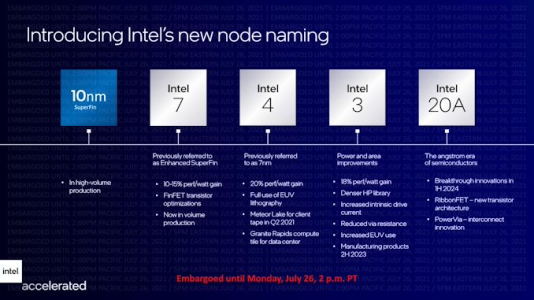They always have something that starts with A, but seem to name the derivatives differently. Like the TGL 8c started at P or something. Likewise for the ADL 6+0 die.Pretty sure they always start at A. You just don't always hear about an 'A' because if it completely fails to function at all it is superceded in a couple weeks by B and so on.
And you definitely can't pull off a full layer stepping in a couple of weeks. Even if you taped out instantly (which is impossible, as it takes weeks to get the design finalized, masks made, etc.), it takes about a full quarter to get first silicon out of the fab. And that assumes you're paying a fortune for TSMC ultra-mega-super-hot lots (name barely an exaggeration).










